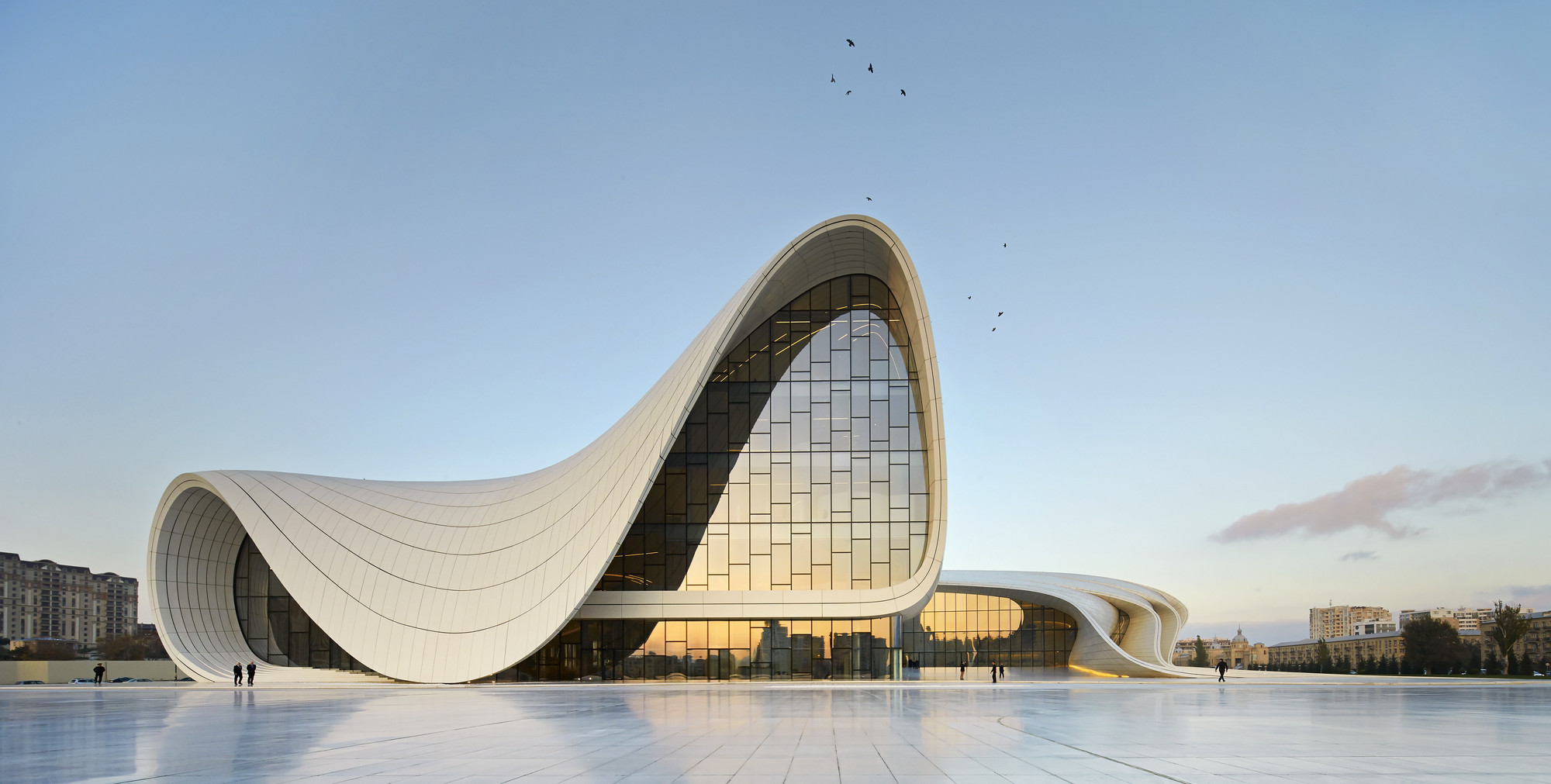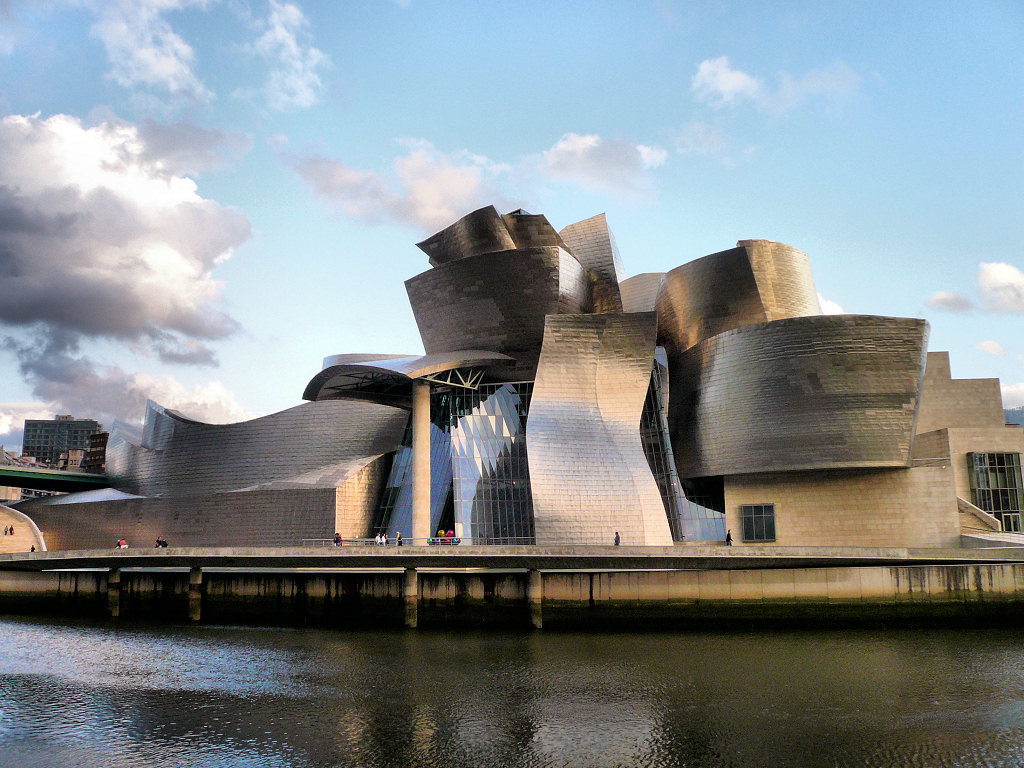Alto util max:100px;
Is Starchitecture totally bad or is it also good in some degree?
How should not be architecture in the future? That is one of the main ideas Peter Buchanan make us understand in his article Starchitecture and Sunset Effects. The strong critic made towards Frank Gehry and Zaha Hadid’s buildings, generates that we analyze and reflect more about iconic and parametric buildings. In this essay, I will analyze two main concepts related with this article: parametricism and sustainability. It will also be contrasted with the article The Bilbao Effect, thus, we analyze the discussion from both sides.
Firstly, the concept of parametricism is the key in this debate. Parametricism is practically the kind of architecture we see in science fiction movies about future, but built in real life. Buchanan claims that “its utter relevance to the urgent problems of our times, are so obvious future generations will be aghast it was even taken seriously”. It can be seen as an egocentric decision by the famous architects. The high- tech architecture and the advanced programs, allows them to project any shape and find many solutions for contemporary problems in architecture and society, however, they do not contribute so much.
It is also a contradiction that parametricism is based in biophilia and biomimesis when these buildings are “energy-profligate, anti-urban, stand-alone and fail to define urban space and defy relationship with other buildings and humans”. On the other hand, what will future generations think about us that allowed and supported this kind of architecture, knowing that it was bad for the environment in the future? And a discussion occurs about if it is even architecture or just inhabitable sculptures?
Secondly, the concept of sustainability is also related with the concepts of efficiency, environment and optimization of the uses in a building. The damage these buildings will cause to the planet with the years, is going to show that they were not technologically advanced as we thought. To take advantage of the resources and take care of the environment should be some of the principal objectives we have to keep in mind for future buildings.
Parametric buildings do not contribute in anything, functional or spatial. Apart of the economic and immigration problem the world is facing, there is also the environmental crisis and the need to restore the urban fabric. The relationship between the building and the other buildings and the general site itself, is other tremendous problem for future urbanism, since they stand by themselves and population increases rapidly.
Thus, they are not sustainable, using more than the necessary energy to do a good and functional building. They are not efficient for the activities of the building, not optimizing the resources they have. And finally, it makes worse the environment instead of contributing to it.
In contrast with what Buchanan claims, Chris Michael in his article of The Bilbao Effect gives us another view, about the dramatic changes the city of Bilbao experienced after the icon of Frank Gehry’s Guggenheim Museum. Cities that are in economic difficulties and invest in an iconic building, like in Bilbao, is becoming each day more popular. However, we know that Starchitecture have problems with the relationship between the surroundings, environment and energy use; is it worth it to be built for attracting the tourism economy? We will face a dilemma between building an icon with all the problems it might present afterwards, or creating more jobs because of the high unemployment rate, and thus, survive and go out of the economic crisis. Then, is Starchitecture good in some degree or totally bad?
In conclusion, we should have a balance. The concept of parametricism does not contribute at all in the sustainability of itself and the environment, it is like a spaceship that landed on Earth, since it does not have any relationship with the site, the other buildings or with the human activities. In the other hand, this kind of architecture can generate big amounts of jobs for unemployed people in the whole city, moving more tourists there. Regardless of economic incoming, we should put the environmental issues at the top of the list thinking in future generations. In the other hand, this is again a political decision, however, the technology can be used to create more sustainable buildings that do not damage the environment.
By Favel Celina Bermudez Morera


Guggenheim Museum in Bilbao/ Frank Gehry